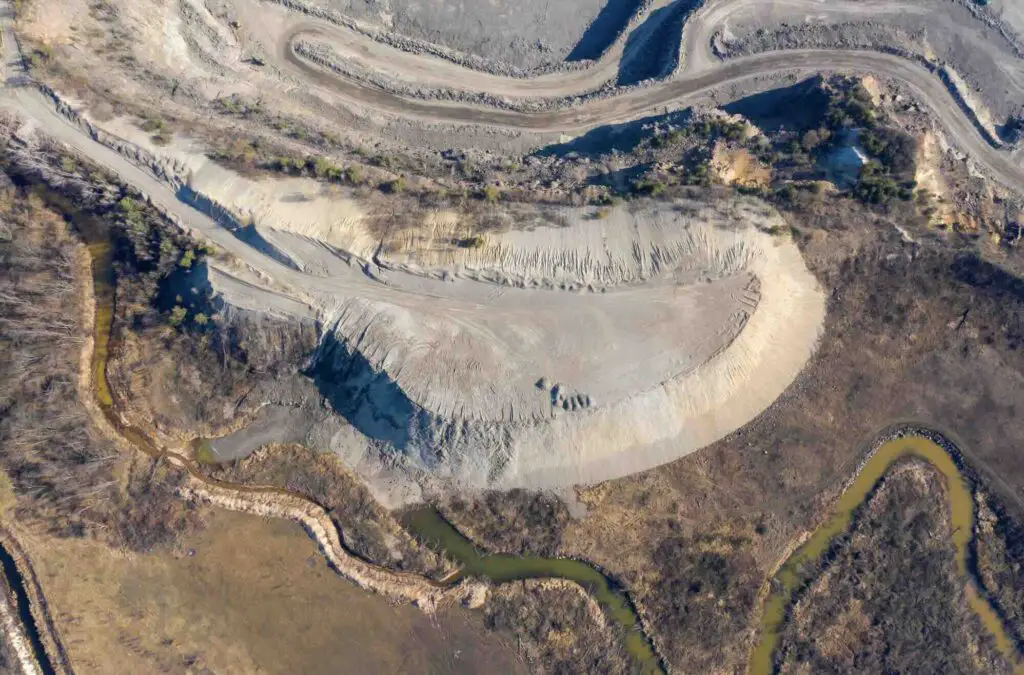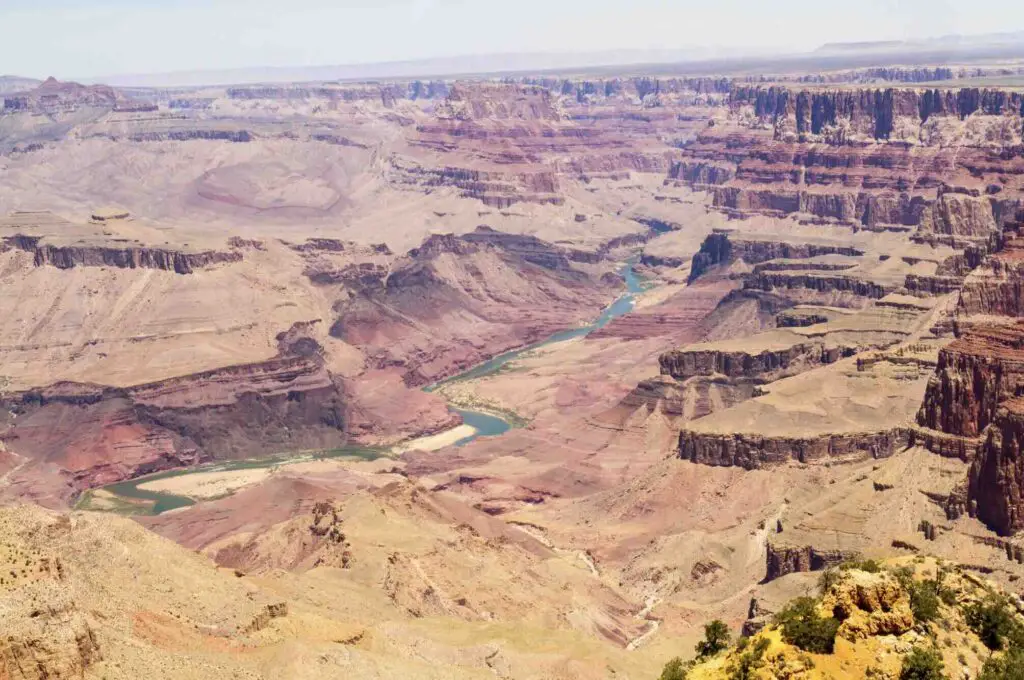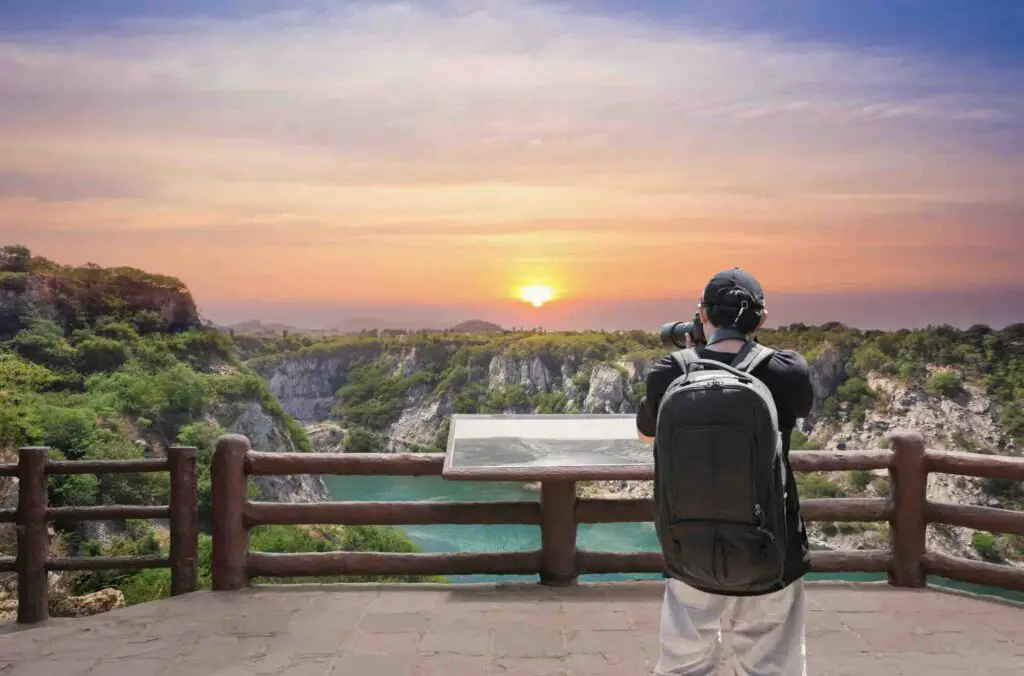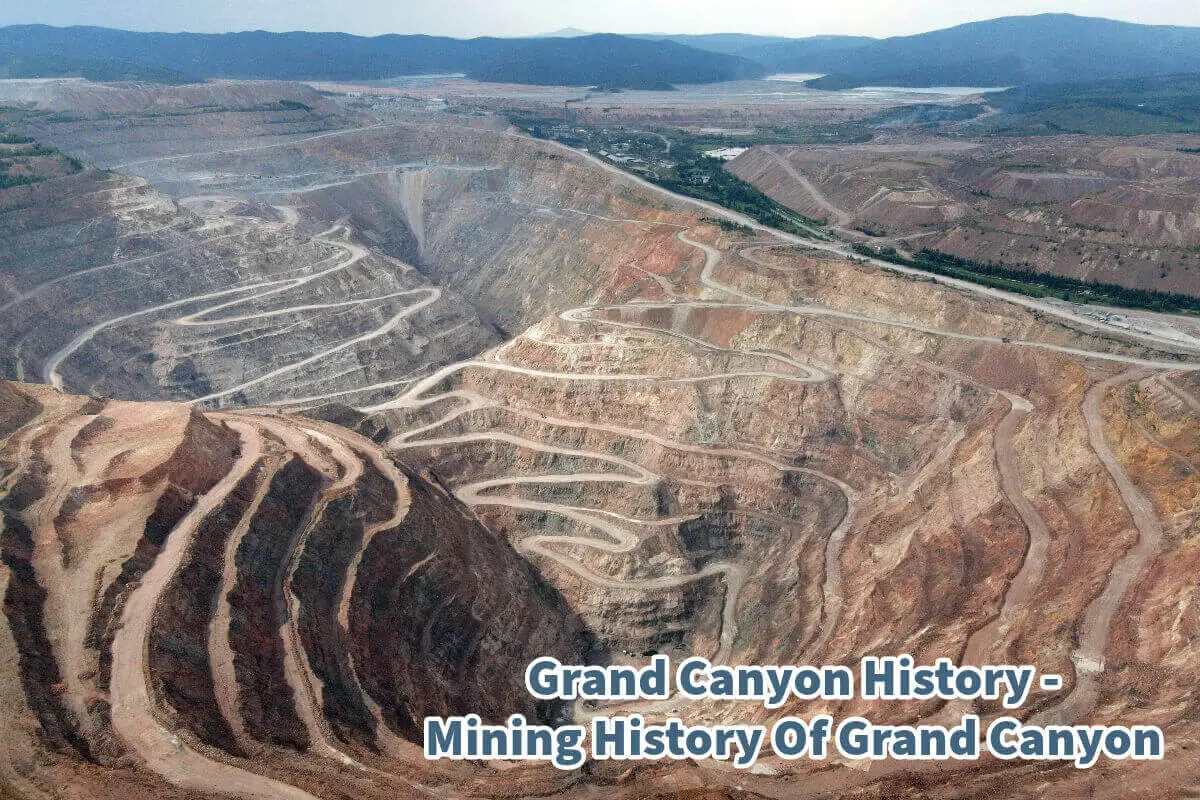When one hears “Grand Canyon,” the immediate imagery that springs to mind is often the vast, awe-inspiring stretches of layered rock formations, sunlight dancing on the majestic cliffs, and the Colorado River snaking its course below.
Few pause to consider the deep-seated history of the canyon, linked to mineral exploration and mining trials. But this facet of the Grand Canyon’s past is just as integral as the mesmerizing landscapes it’s famously known for. Read on as we explore some of the unique mining history in the Grand Canyon area.
Table of Contents
- The Hidden Legacy Of The Grand Canyon: A Dive Into Its Mining History
- 10 Captivating Reasons To Visit The Grand Canyon
- Related Questions
The Hidden Legacy Of The Grand Canyon: A Dive Into Its Mining History
When “Grand Canyon” is mentioned, most minds conjure images of the sprawling, breathtaking expanse of layered rock, the play of sunlight on its vast walls, and the Colorado River winding its way through its heart.
Rarely does one think about the canyon’s rich history intertwined with the quest for minerals and the human endeavors associated with mining. Yet, this pursuit has been as much a part of the canyon’s legacy as its iconic views.

The Allure Of Minerals: A Canyon Painted With Riches
Long before it became a national park, the Grand Canyon was a treasure trove for those seeking mineral wealth. The canyon offered copper minerals for the Indigenous peoples who initially inhabited the region, which they transformed into paints and dyes.
These vibrant colors were tools for beautification and essential aspects of their cultural and ritual practices.
Moreover, the canyon’s caves harbored vast deposits of bat guano. Recognizing its value as fertilizer, early inhabitants began collecting it, appreciating the wealth that lay not just in the rock wall but in the very heart of the canyon’s ecosystem.
Formation Of Minerals: The Geology Of The Grand Canyon
The Grand Canyon is a testament to erosion and the geological processes that birthed its rich mineral deposits. The layering of the canyon, which offers a timeline of the Earth’s geological history, provides clues to the formation of its minerals. Over time, volcanic activity, the shifting of tectonic plates, and the ebb and flow of ancient seas deposited various minerals, ranging from copper to uranium.
Mining Endeavors: Hopes And Dreams Carved In Stone
With the westward expansion of settlers in the 19th century, the Grand Canyon’s mineral wealth began drawing prospectors.
The promise of gold, silver, and other valuable minerals led to a flurry of mining activity. Mines sprang up, tunnels were dug, and dreams of fortune fueled the ambitions of many.
However, mining in the canyon was fraught with challenges. The rugged terrain, lack of easy access to water, and the sheer scale of the canyon made extraction difficult. Many mines were abandoned, leaving ghost towns and remnants of a bygone era.
The Orphan Mine, for instance, initially began as a copper mine in the late 1800s and later became a significant source of uranium in the mid-20th century. While it promised wealth, the environmental repercussions and health concerns related to uranium mining eventually led to its closure.
Humans And Geopolitics: The Broader Context Of Canyon Mining
The mining activity in the Grand Canyon wasn’t merely a local phenomenon. It was intricately linked with broader geopolitical scenarios. During periods of war, the demand for certain minerals surged, leading to increased mining activity in the canyon. Additionally, as the potential dangers of mining practices, especially uranium extraction, became evident, political decisions and environmental regulations influenced the mining trajectory in the area.

Tales Of Persistence And Survival
Beyond the minerals and the mines, the real story of the Grand Canyon’s mining history is about the people. It’s about the Indigenous tribes who first recognized the value of the canyon’s resources.
It’s about the prospectors who came with dreams in their eyes, hoping to strike it rich. It’s about the challenges they faced, from the harsh, unpredictable environment to the economic fluctuations that influenced the value of minerals.
Today, while the Grand Canyon is a testament to nature’s grandeur, its intricate layers also hold the stories of human ambition, persistence, and adaptability. The legacy of mining is etched into the very fabric of the canyon, a reminder of the intertwined destinies of humans and the landscapes they inhabit.
When you next stand at the edge of the Grand Canyon, peering into its vast depths, remember that you’re not just looking at geological formations but also at chapters of human history, ambition, and resilience.
10 Captivating Reasons To Visit The Grand Canyon
The Grand Canyon is a testament to nature’s grandeur and is undeniably among the world’s most awe-inspiring marvels. Dive into these ten compelling reasons to journey to this magnificent landmark, the Grand Canyon:

- A Geological Wonder: The Grand Canyon offers a unique opportunity to witness two billion years of Earth’s geological history through its brilliantly colored layers. This natural record provides a fascinating look into the planet’s past, making it a must-visit for geology enthusiasts.
- Sunrise and Sunset Magic: Few sights in the world can rival the ethereal beauty of a Grand Canyon sunrise or sunset. The interplay of light, shadow, and color creates a mesmerizing spectacle that stays etched in memory long after the moment.
- Diverse Ecosystems: The Grand Canyon has many ecosystems, from the desert scrub on the rim to the riparian green along the Colorado River. This diversity supports many plant and animal species unique to the region.
- Adventure Opportunities: Whether hiking down to the Colorado River, white-water rafting, or embarking on a mule ride, the Grand Canyon offers countless adventures for thrill-seekers and nature lovers alike.
- Rich Cultural Heritage: The canyon has been inhabited by Native American tribes for thousands of years. A visit provides insight into their histories, cultures, and deep spiritual connection to this awe-inspiring landscape.
- Starlit Skies: Owing to its remote location and limited light pollution, the Grand Canyon offers some of the best stargazing opportunities. Witnessing the Milky Way sprawled across the night sky is an experience like no other.
- Educational Experiences: The park’s visitor centers and ranger-led programs offer valuable insights into the canyon’s geology, ecology, and human history. For families, it’s a fantastic blend of education and recreation.
- Incredible Photography: Theanyon’s grandeur and ever-changing moods provide endless photography opportunities. From sweeping landscapes to intricate close-ups, there’s a shot for every photographer, novice or expert.
- Spiritual and Meditative Retreat: The sheer scale and beauty of the Grand Canyon can induce a sense of introspection and peace. Many visitors find it ideal for meditation, reflection, or simply disconnecting from the daily hustle.
- A Universal Attraction: Whether you’re a solo traveler, a couple on a romantic getaway, a family on vacation, or a group of friends exploring together, the Grand Canyon offers an experience that resonates with all.
A visit to the Grand Canyon isn’t just about seeing a landmark; it’s about immersing oneself in a profound experience that stirs the soul and leaves an indelible mark on the heart. Whether you’re drawn by its natural beauty, cultural history, or the adventures it promises, the Grand Canyon truly is a destination worth every accolade.
At A Bus On A Dusty Road, we talk about travel, life, and ex-pat living. We are all about “Living Life As A Global Citizen.” We explore social, cultural, and economic issues and travel.
We would love to have you be part of our community. Sign up for our newsletter to keep up-to-date by clicking here. If you have any questions, you can contact me, Anita, by clicking here.
Listen to our Podcast called Dusty Roads. You can find it on all major podcast platforms. Try out listening to one of our podcasts by clicking here.
Subscribe to our A Bus On A Dusty Road YouTube Channel with great videos and information by clicking here.
Related Questions
What River Runs Through The Grand Canyon And Other Facts
The river that runs through the Grand Canyon is the mighty Colorado River. The Colorado River is one of the major rivers in the United States. Besides the Colorado river, several tributary rivers are also in the Grand Canyon Area.
By clicking here, you can discover What River Runs Through The Grand Canyon And Other Facts.
How Big Is The Grand Canyon? & Other Grand Canyon Questions
The Grand Canyon area is 277 miles long or about 1,904 square miles. It is a vast area that will take you 5 hours or 215 miles to travel from the North Rim to the South Rim of the Grand Canyon. Most of the area does not have hiking or other trails. As the Grand Canyon took about 6 million years to create, it is one of the world’s natural wonders.
By clicking here, you can discover How Big Is The Grand Canyon? & Other Grand Canyon Questions.
How Much Time Should We Plan To Spend At The Grand Canyon?
The Grand Canyon was once filled with water, but it is at least 6 million years old. The rock and rock formations of the Grand Canyon help us to tell the story of this magnificent place on earth.
By clicking here, you can discover How Much Time Should We Plan To Spend At The Grand Canyon?

